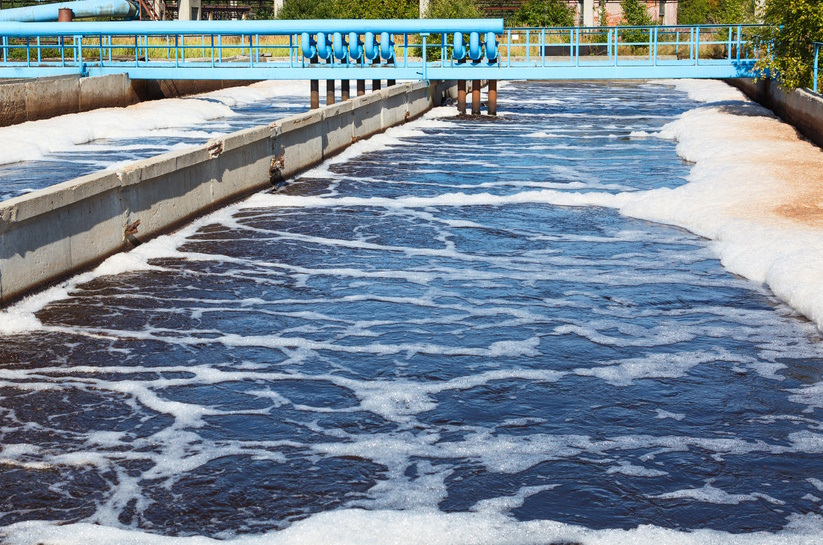Recovering phosphorus from wastewater


Phosphorus is an essential ingredient in all fertilizers used since the 1950s to enhance agricultural yields.
The phosphate from which it is derived, however, is not an unlimited resource, and its availability could lead to increasingly strong geopolitical tensions in the years to come. The solution? Recover phosphorus, especially that present in wastewater.
In most plants, phosphorus is removed in the sewage sludge through physico-chemical dephosphatation (precipitation of phosphorus using a chemical reagent, typically based on iron or aluminum) or biological methods (conditioning bacteria to accumulate phosphorus). The Extraphore® process, developed and patented by Saur-Stereau, aims to maximize biological dephosphatation to reduce the use of reagents and, consequently, costs. By instrumenting biological dephosphatation, it is possible to control the conditions needed to promote bacteria that accumulate phosphorus, especially in the anaerobic zone at the entrance of the biological basin.
Phosphorus recovery potentially applies to all wastewater treatment plants with biological phosphorus removal, regardless of their size.
"Phosphorus recovery potentially applies to all treatment facilities with biological phosphorus removal, regardless of their size."
Phosphorus recycling, and thus resource preservation, represents a major challenge. Current deposits are estimated at 16 billion tonnes and are primarily located in three regions of the world: Morocco and Western Sahara, China, and the United States. Global needs are estimated at 150 million tonnes per year, and in Europe, over 90% of the 950,000 tonnes consumed each year are imported. Given the nearly exponential increase in demand, the depletion of phosphate mines (the ore from which phosphorus is extracted) is projected to occur by the end of the 21st century. Recovering phosphorus from treated wastewater in sewage treatment plants alone could cover approximately 15% to 20% of the demand. Phosphorus recycling is of paramount importance as it contributes to optimizing the use of phosphorus, an essential element in the production of phosphate fertilizers, without which it would be impossible to feed the global population.


